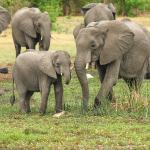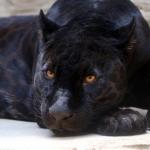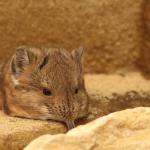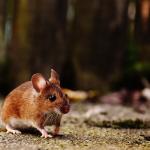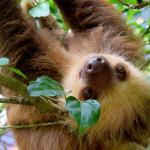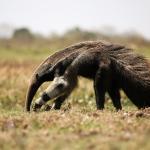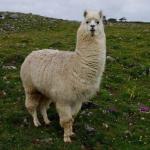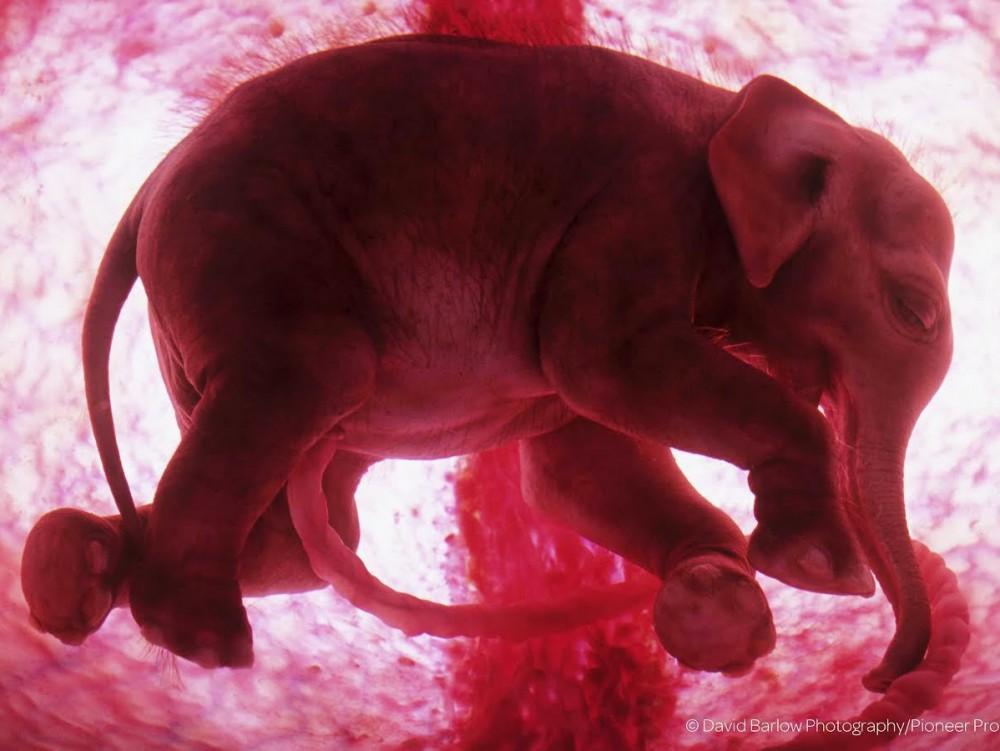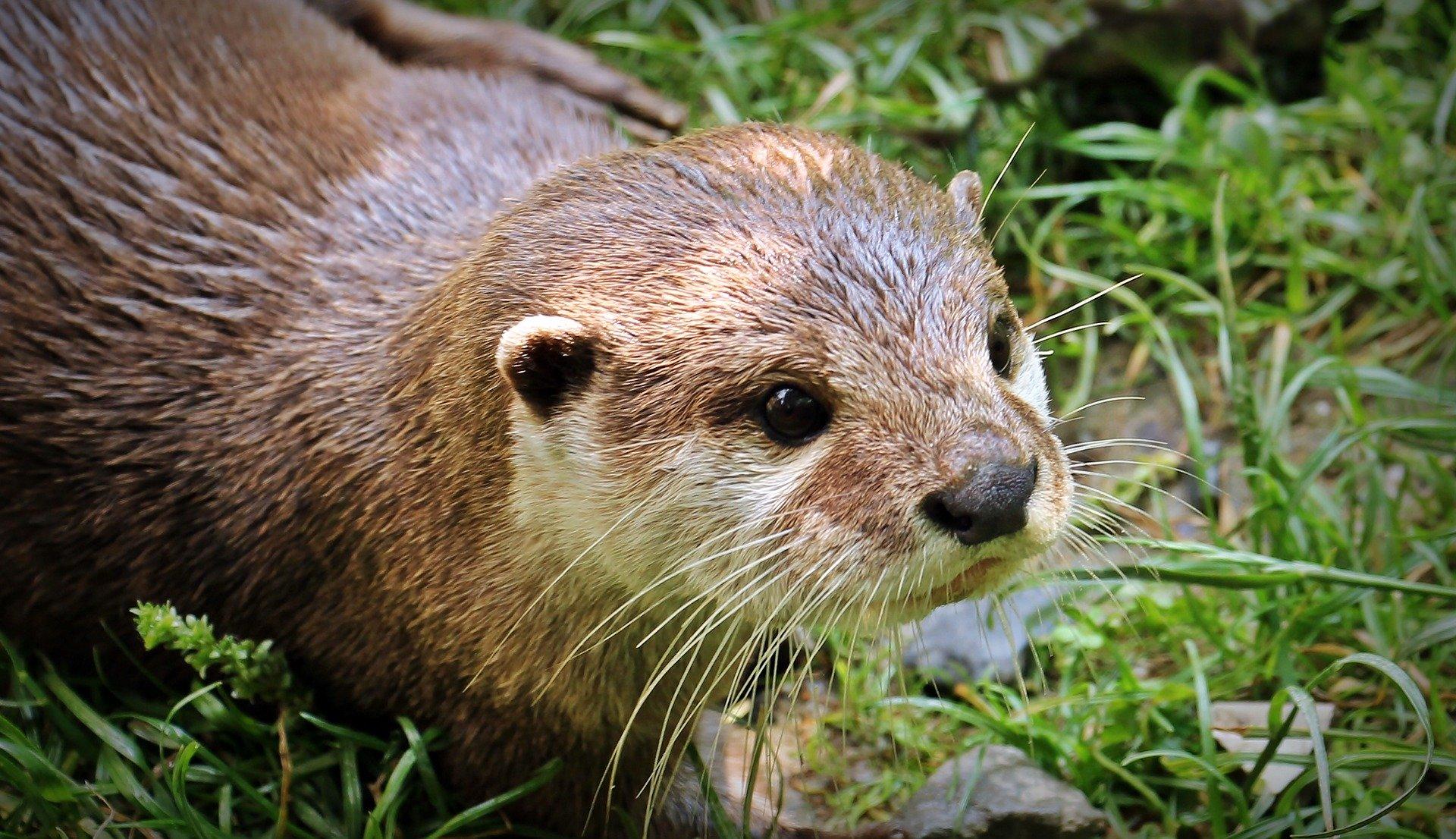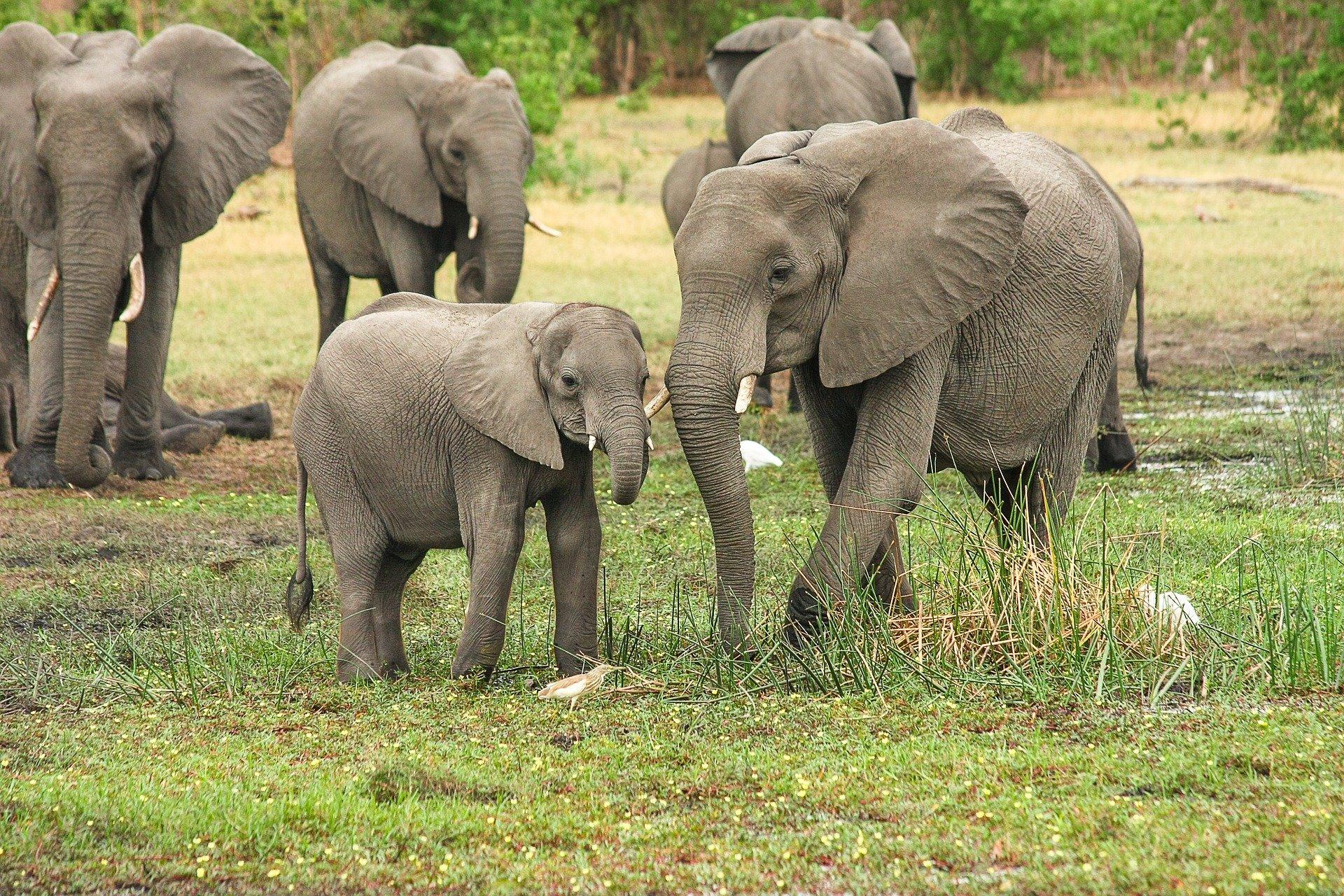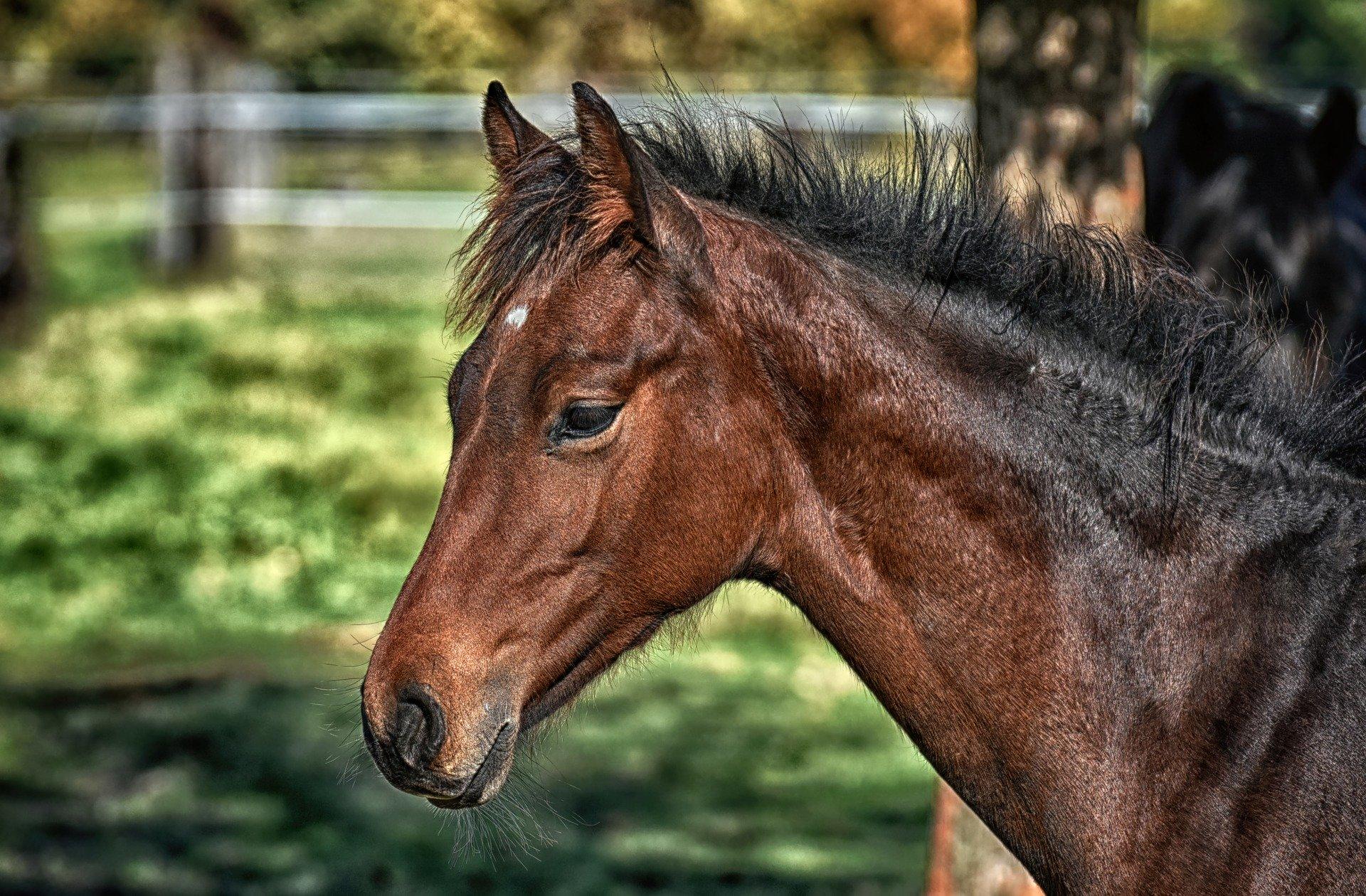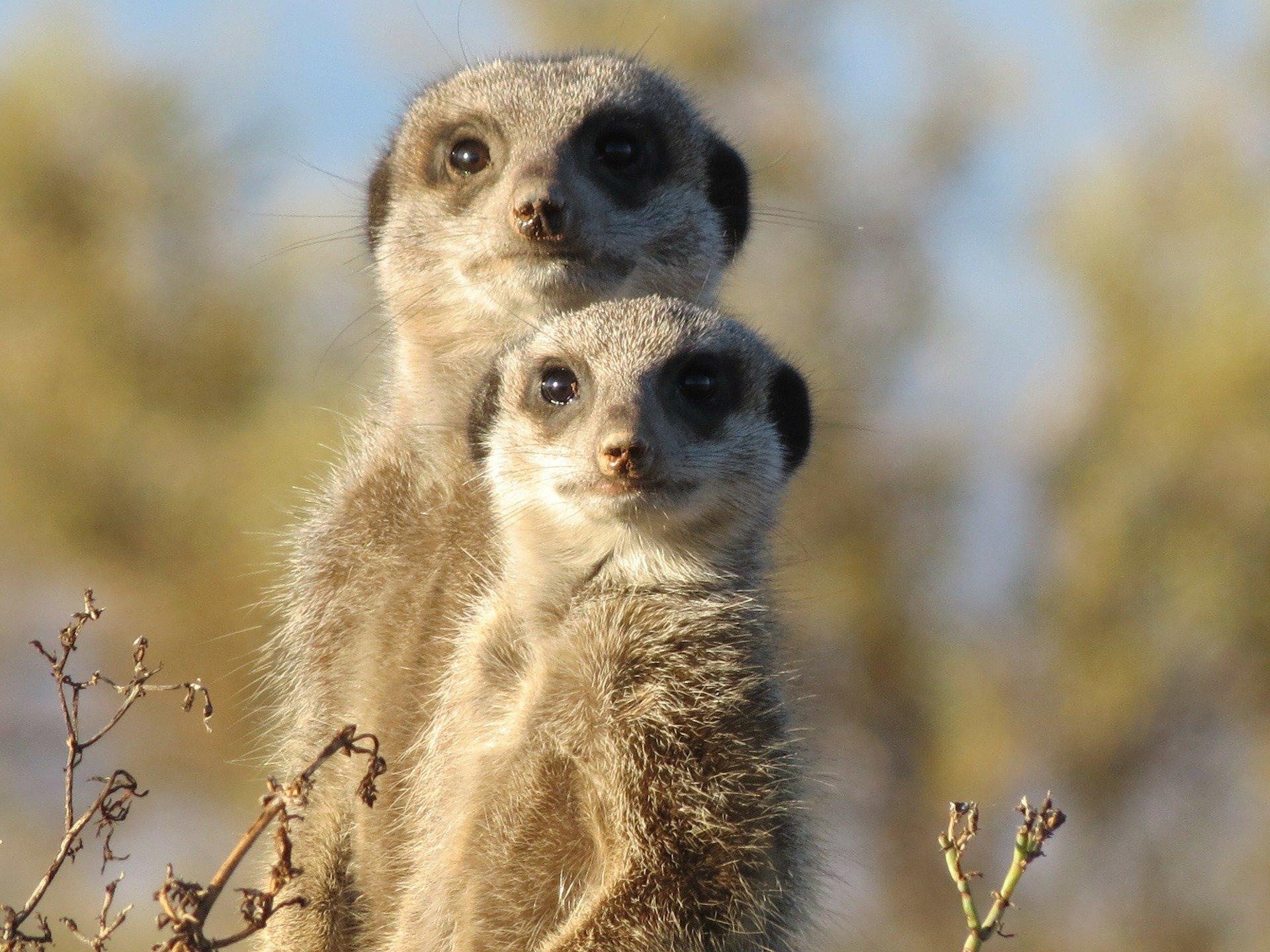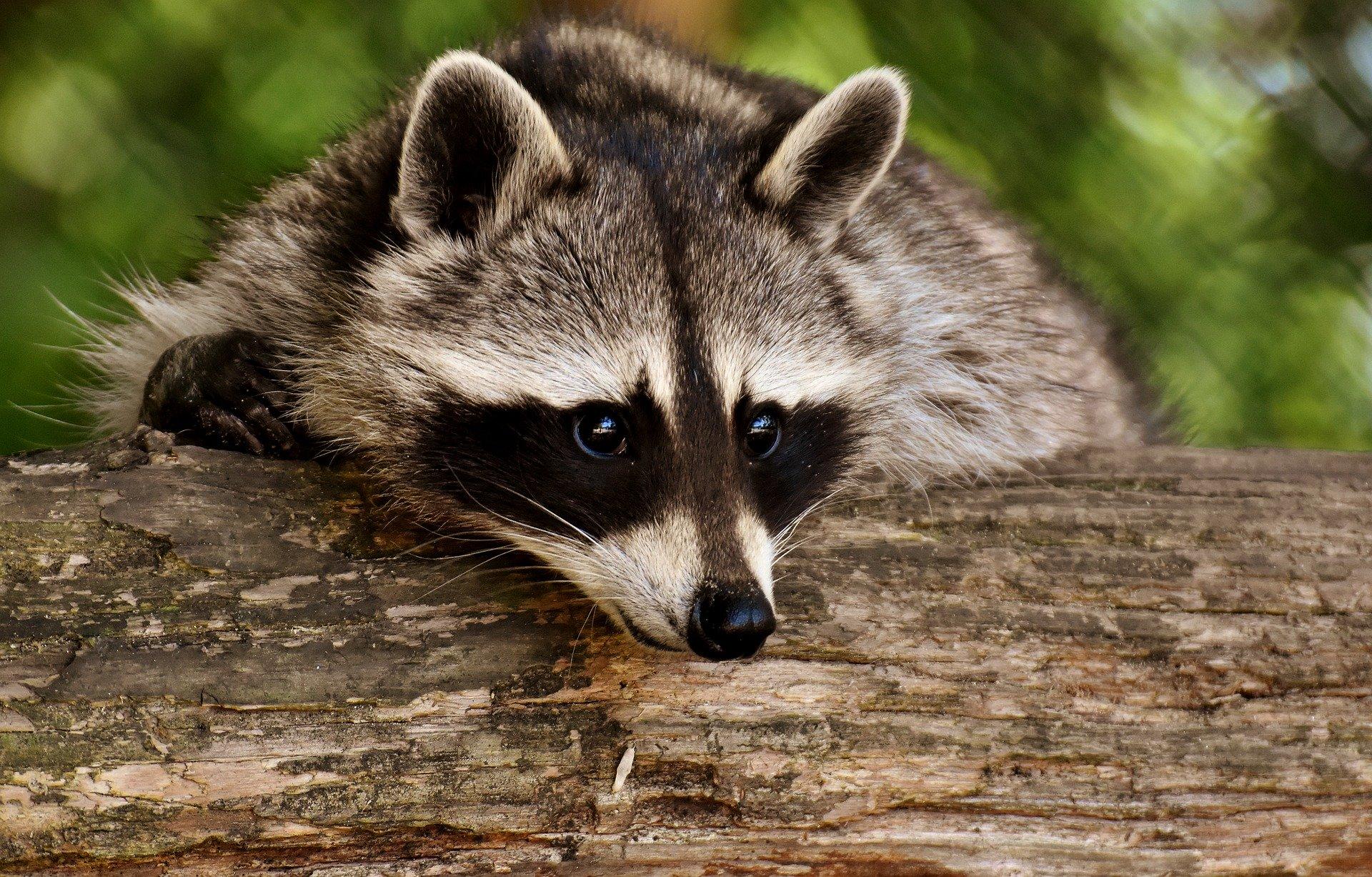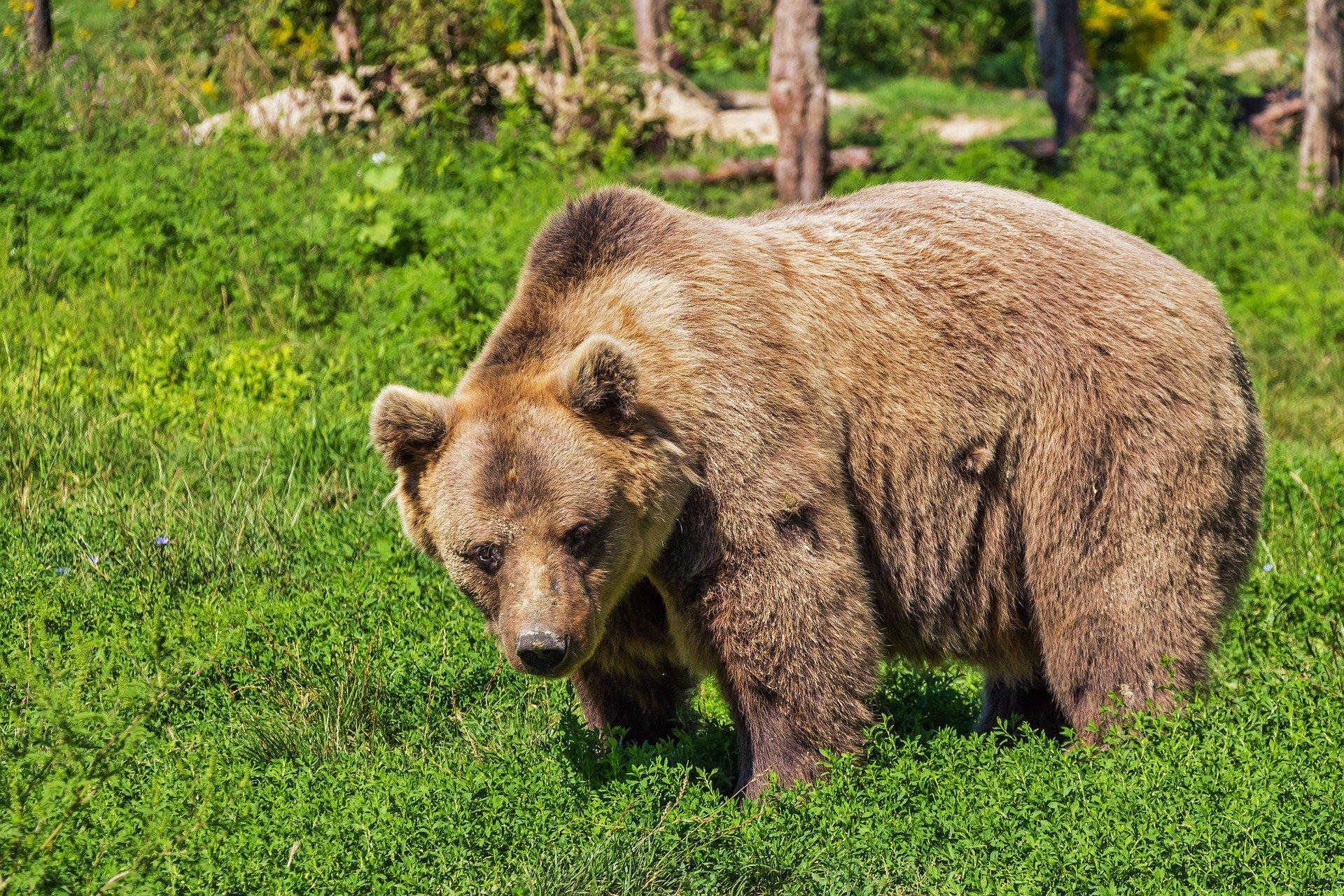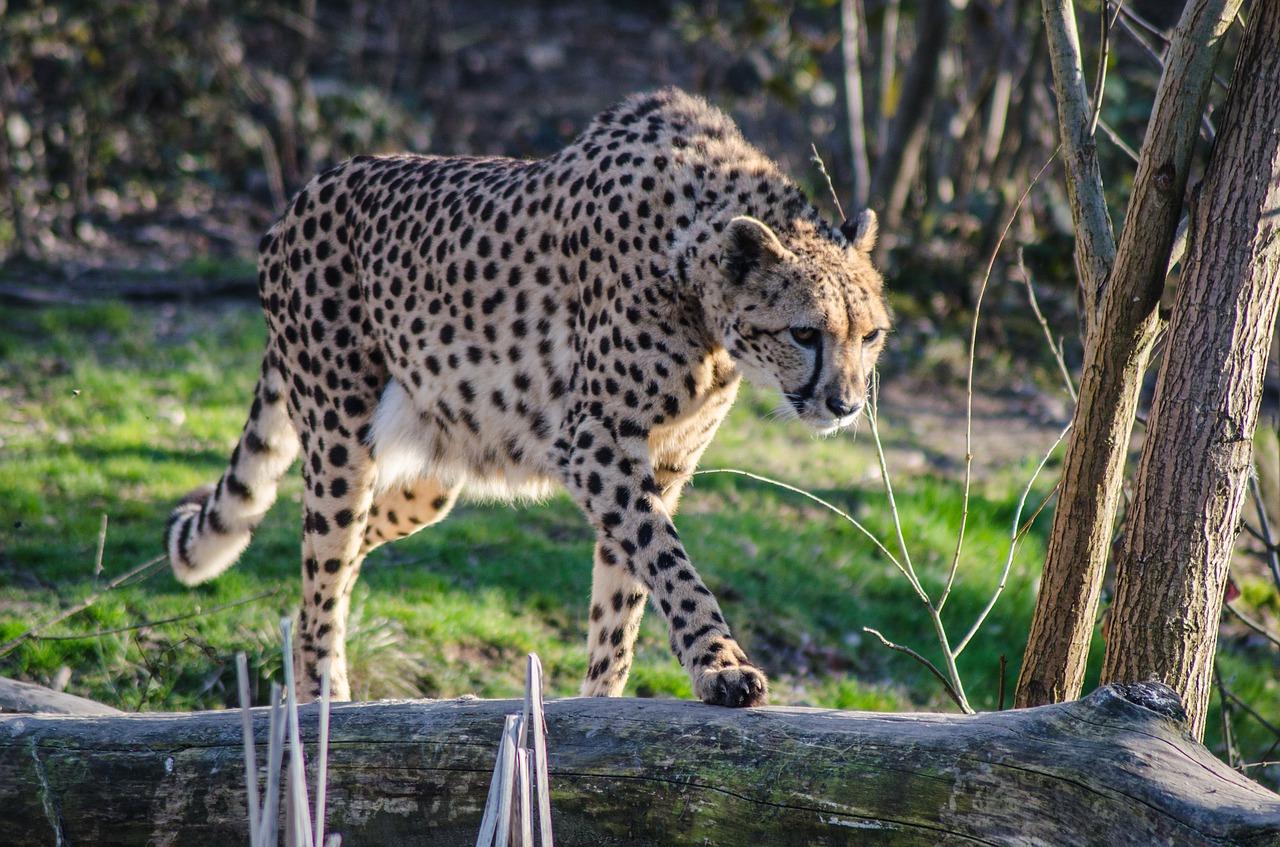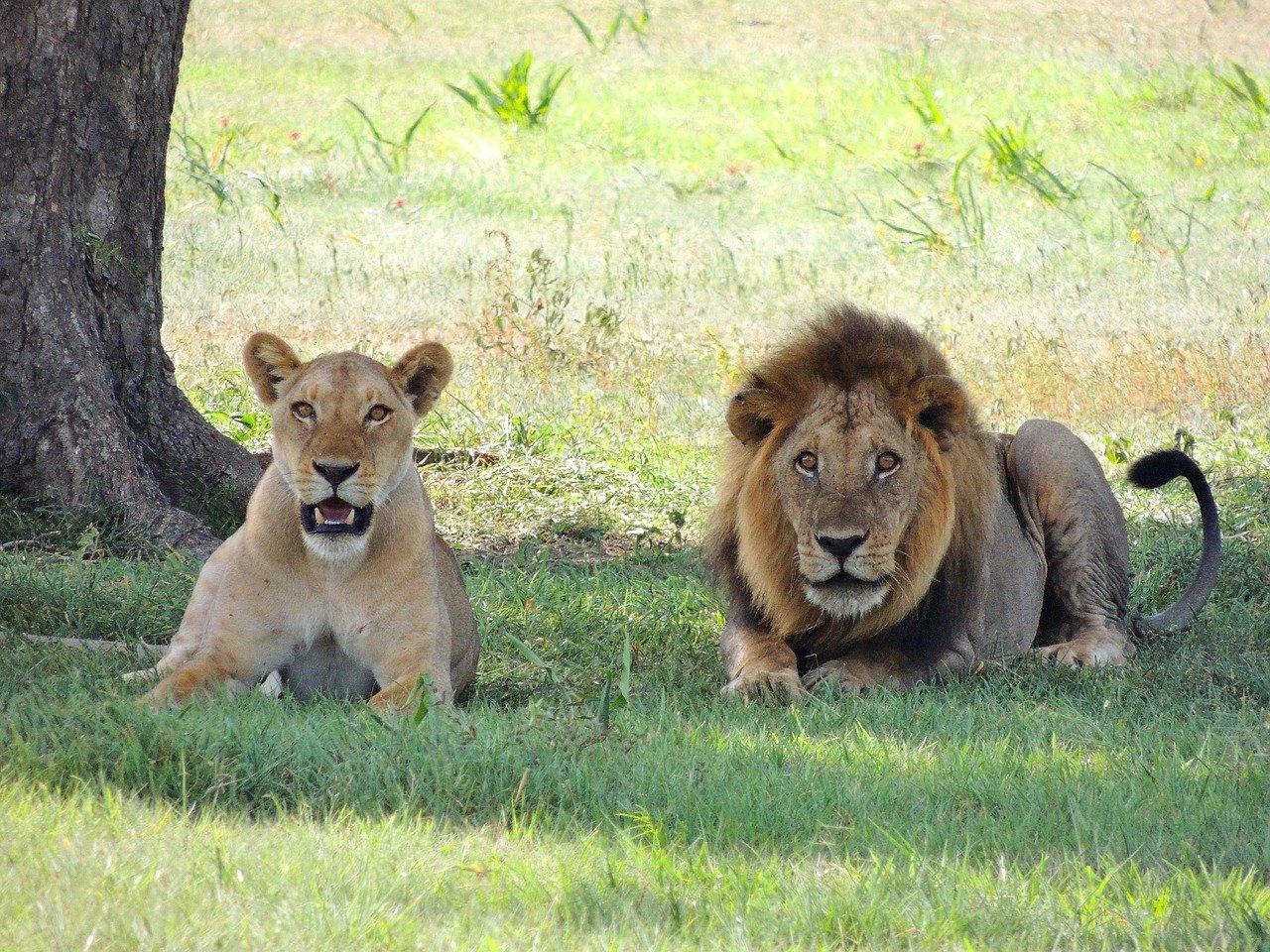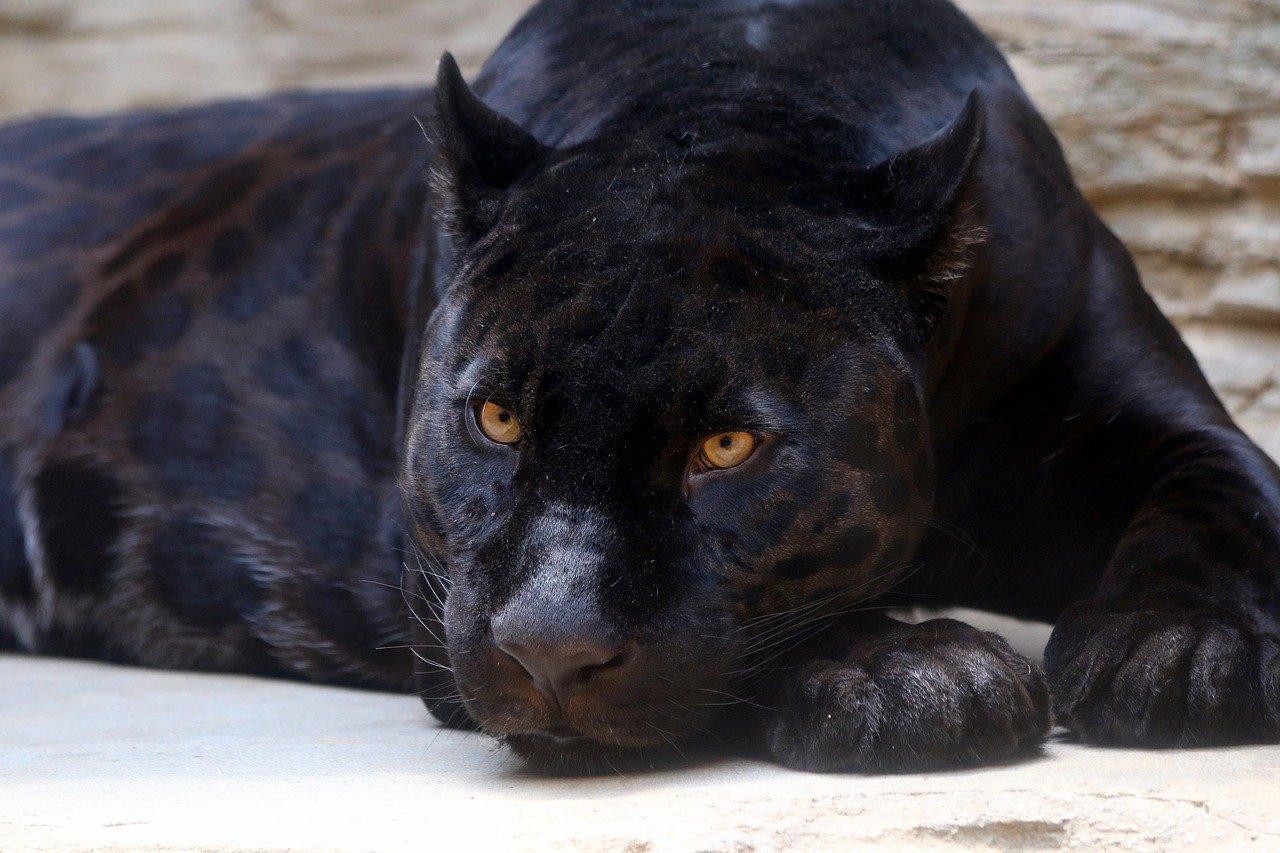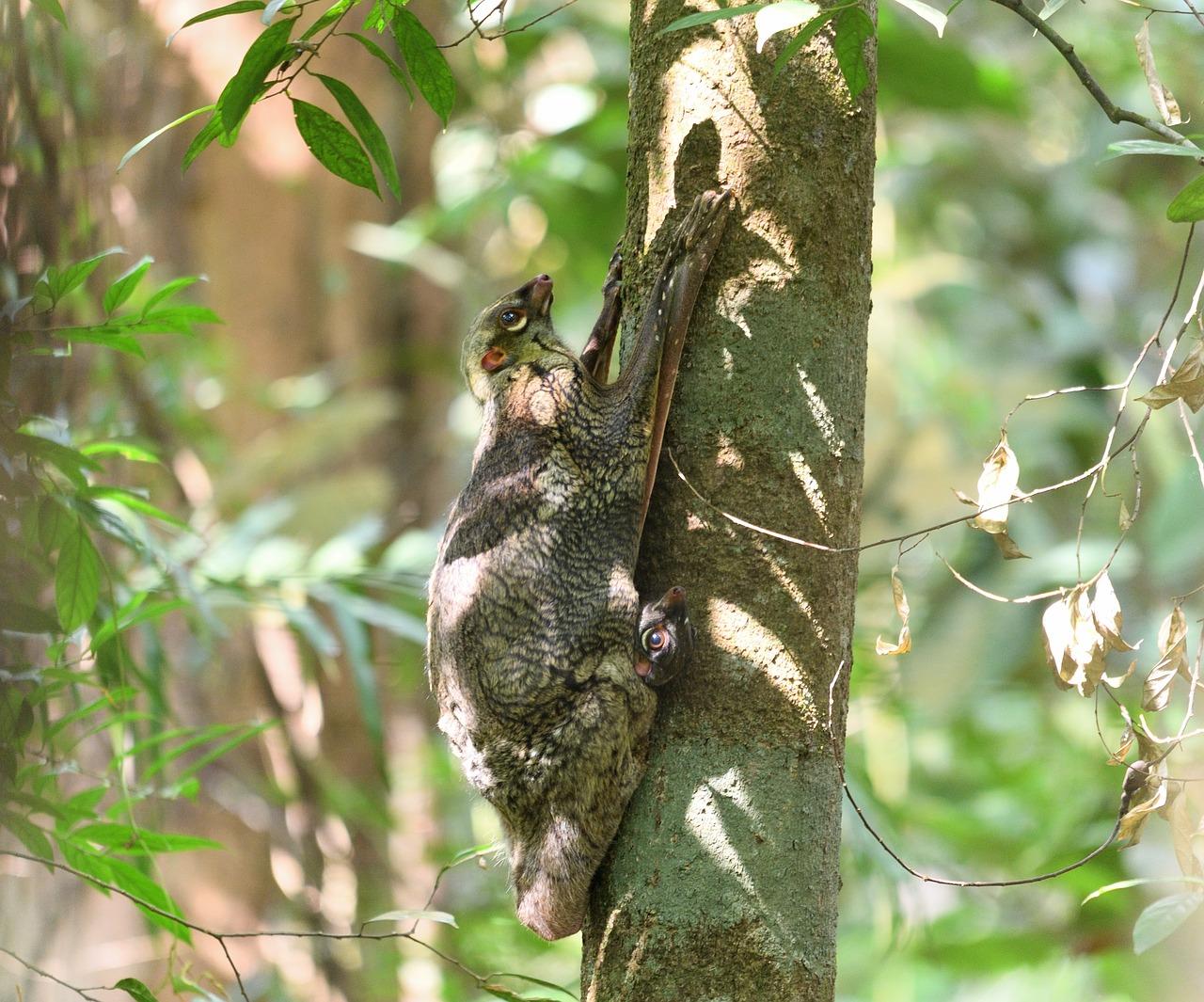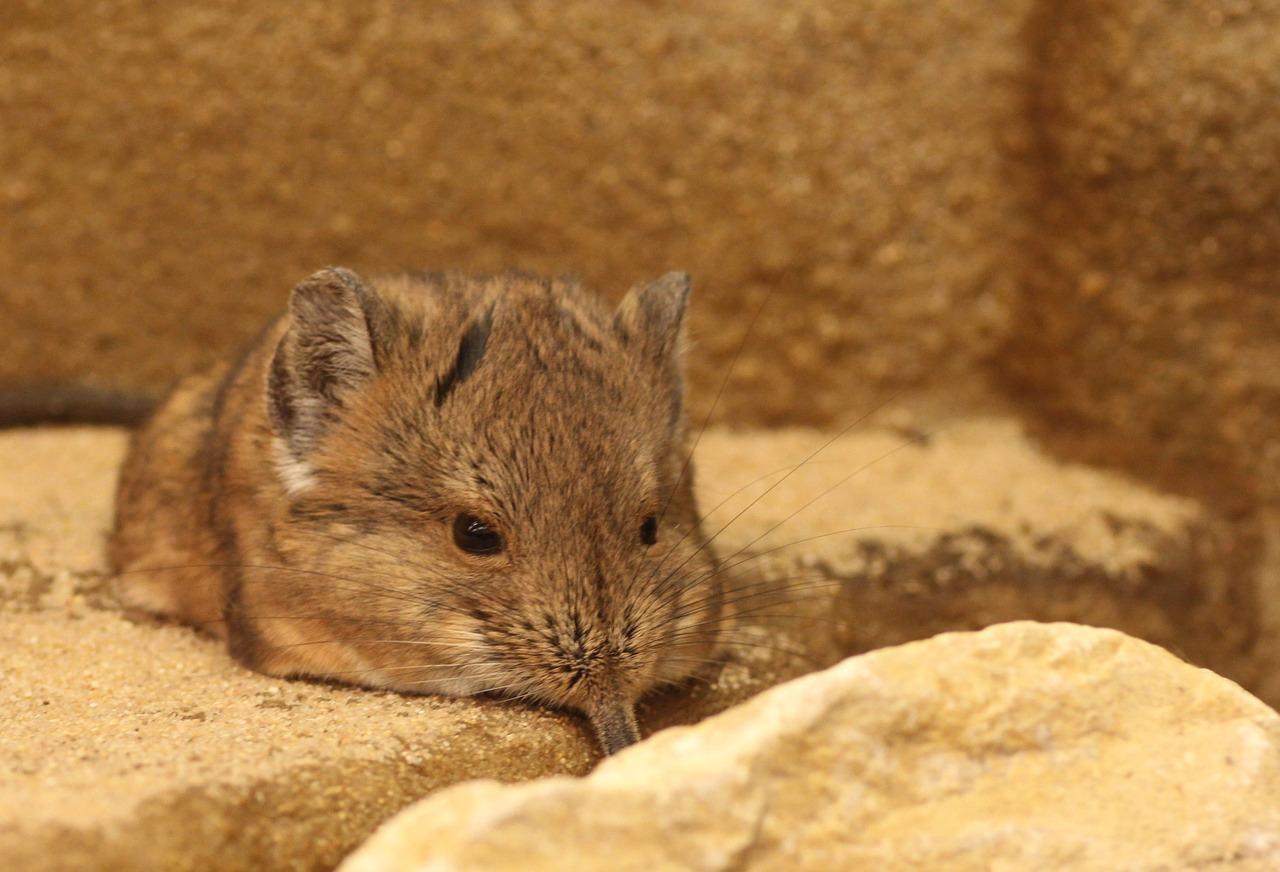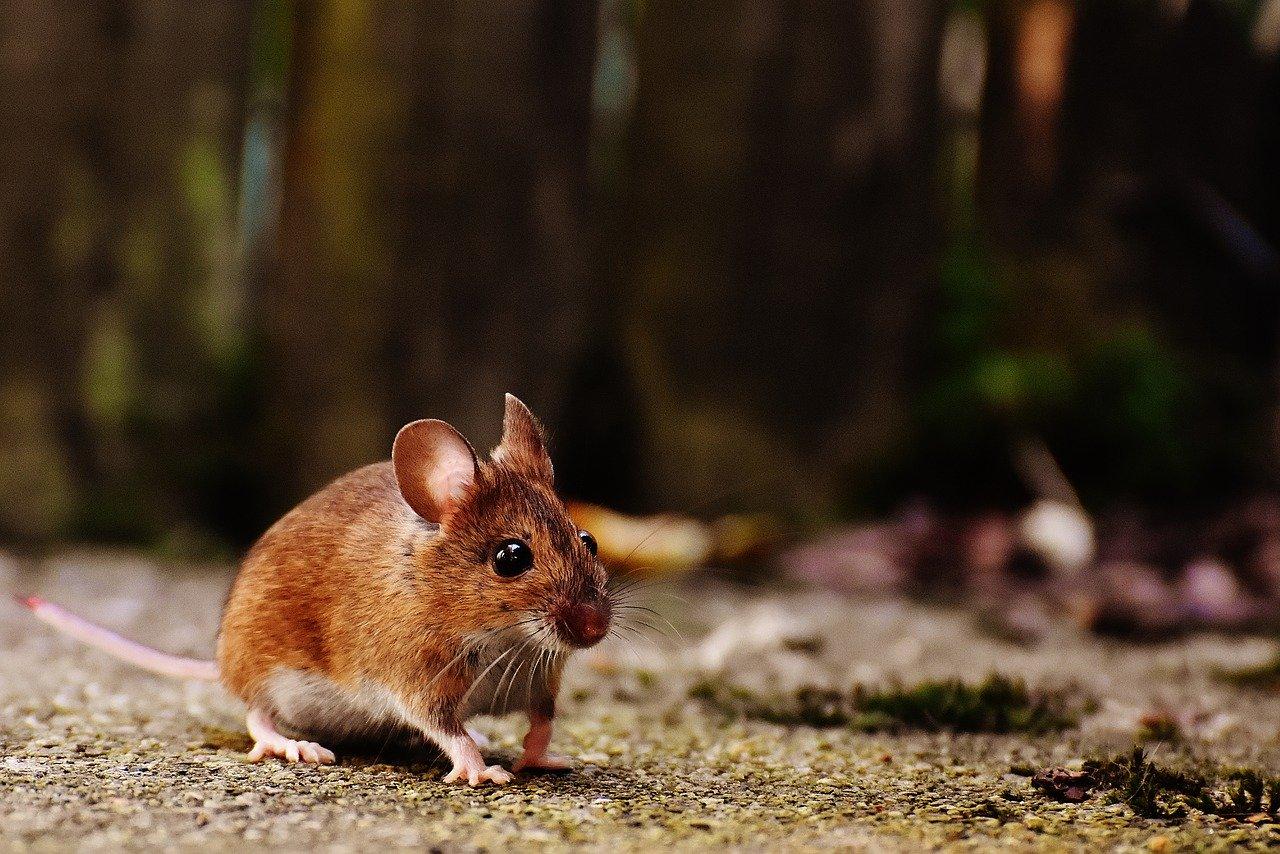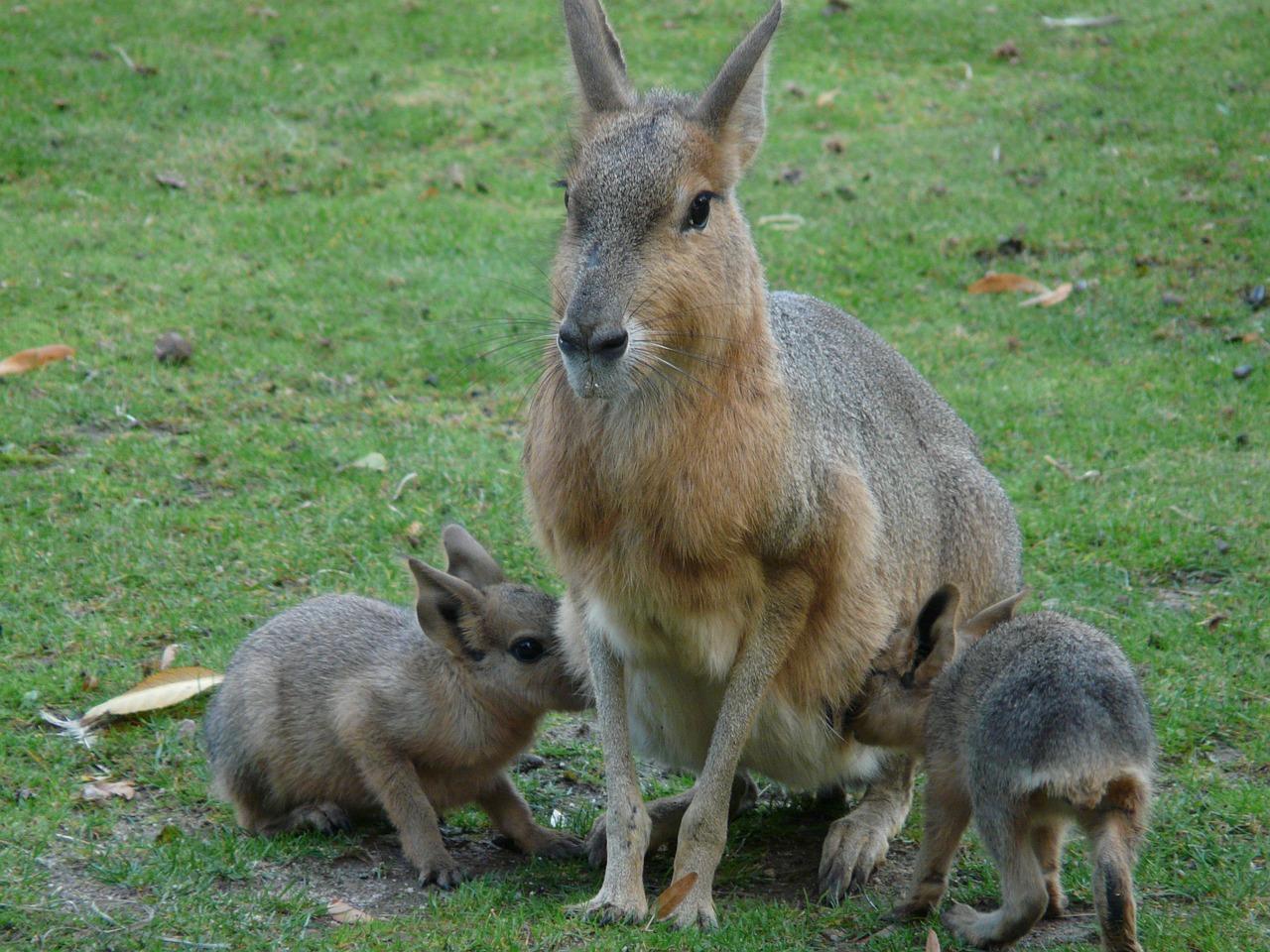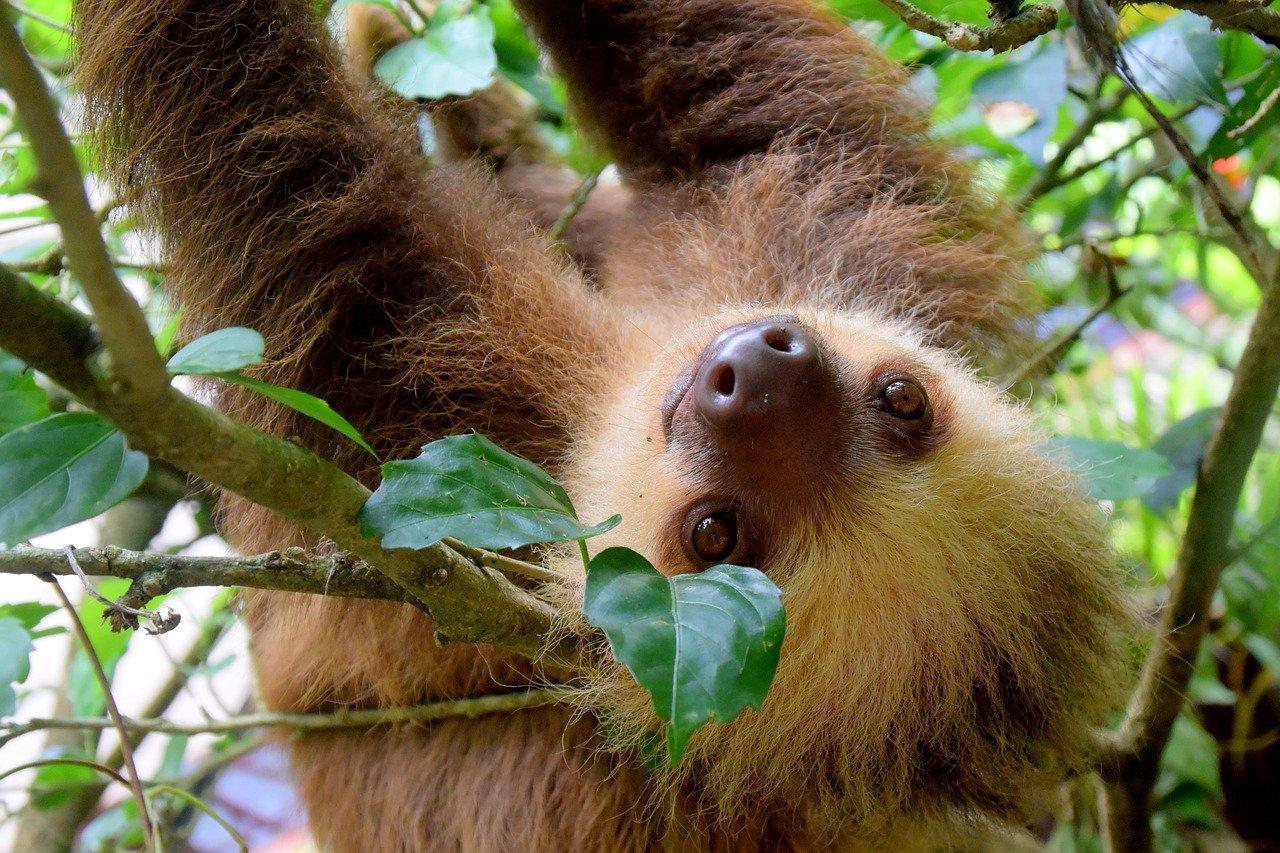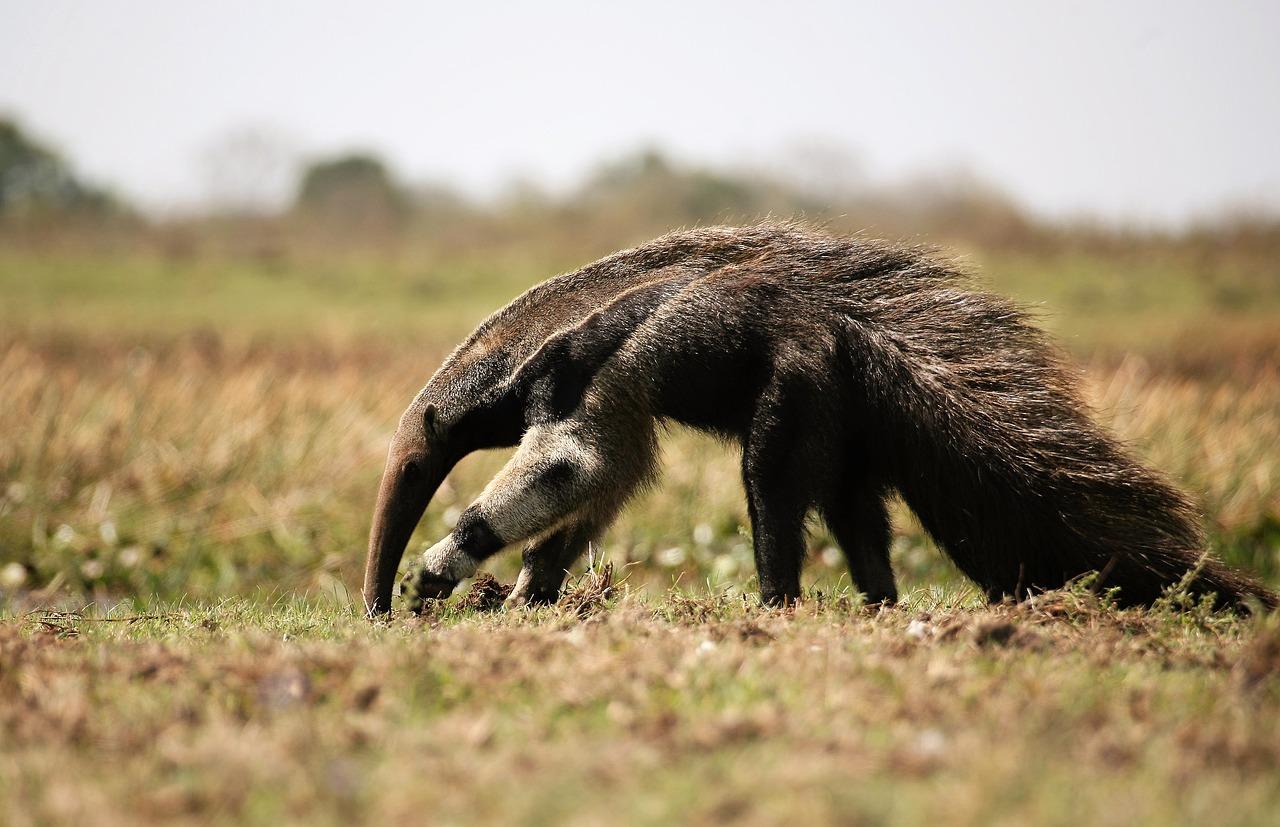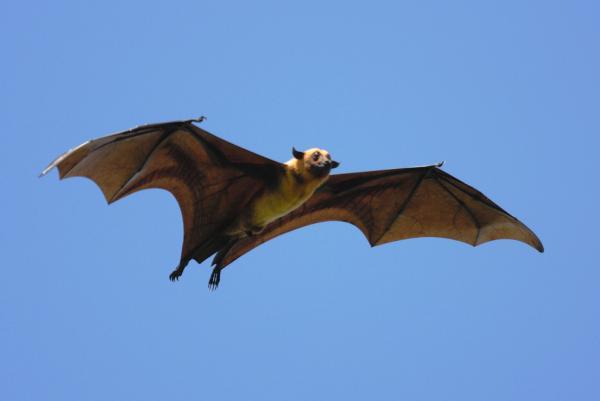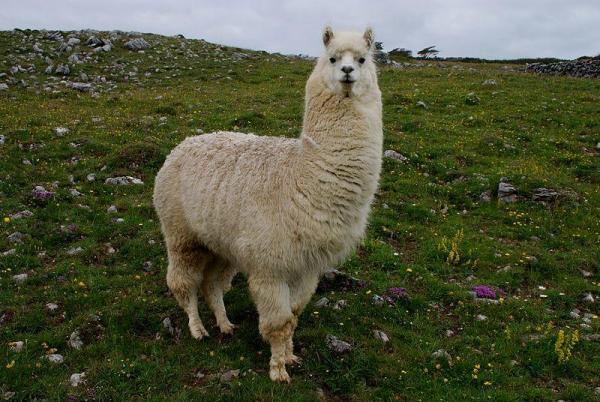Placental Mammals - Classification & Characteristics


The defining characteristic of placental mammals lies within a remarkable organ – the placenta. This specialized structure acts as a lifeline, fostering the exchange of nutrients, oxygen, and waste products between the developing fetus and the mother's bloodstream. This unique adaptation, coupled with live birth and parental care, sets placental mammals apart from other mammal groups.
The following AnimalWised article explores what placental mammals are, their main characteristics and how they are classified.
What are placental mammals?
Mammals are defined by their ability to nurse their young with breast milk. They are categorized into three main groups:
- Marsupials (Metatheria)
- Monotremes (Prototheria)
- Placental mammals (Placentalia)
Placental mammals, also known as Eutheria, are the most diverse and widespread group of mammals on Earth. The defining feature of placental mammals is the presence of a placenta, a specialized organ that forms during pregnancy within the mother's uterus. This organ allows for the exchange of nutrients, oxygen, and waste products between the developing fetus and the mother's bloodstream.
Unlike other mammal groups like marsupials, placental mammals give birth to live young that are relatively well-developed. However, it is crucial to note that newborn mammals vary in appearance and capability, with some born fully developed and able to run, while others are born hairless, with closed eyes, and dependent on their parents for care.
Gestation periods vary among species, with larger mammals typically having longer gestation periods. For example, mice have a gestation period of about 21 days, while elephants can have a gestation period of almost two years.
Placental mammals typically invest a significant amount of time and energy in nurturing their young after birth. This can include providing milk for nourishment, protection from predators, and helping them develop essential skills for survival.
Did you know? Mammals come in all shapes and sizes, conquering not just land but also air and water. Dive deeper into the fascinating world of aquatic and flying mammals.
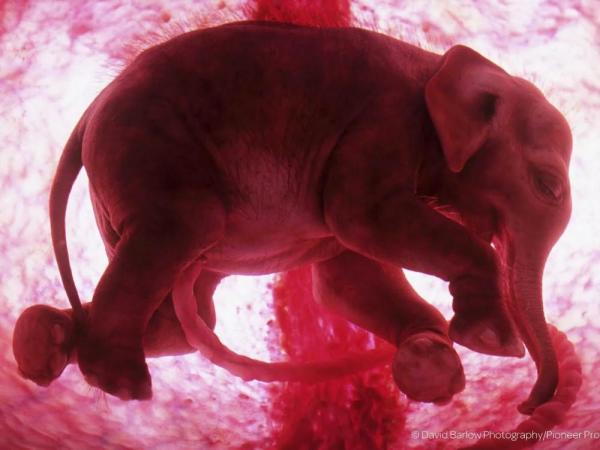
Characteristics of placental mammals
Placental mammals share several characteristics in addition to the placenta in which the fetus develops, these include:
- Skull structure: placental mammals have a synapsid skull with a pair of openings in the roof for jaw muscle attachment. They possess a set of baby teeth during their early stages of life, which are later replaced by permanent adult dentition.
- Hair: placental mammals have hair at some stage of their development, which can be either fluffy and insulating or thick and protective. Hair is made of keratin and may be adapted as sensory whiskers or as protection, such as in porcupines.
- Skin modifications: placental mammals have skin with various adaptations suited to their lifestyles. Nails, claws, and hooves, made of chitin, serve different functions, while antlers or horns, made of keratin, are used for defense or mating displays.
- Mammary glands: all female placental mammals possess mammary glands that produce milk to nourish their young, giving rise to the group's name.
- Sweat glands: placental mammals have sweat glands, either eccrine or apocrine, which help regulate body temperature. Eccrine glands secrete watery sweat to cool the skin, while apocrine glands produce a more whitish secretion.
- Diet: placental mammals have varied diets depending on their group, including carnivores, herbivores, insectivores, or omnivores.
- Reproductive cycle: female placental mammals have an estrous cycle, divided into different stages where changes occur in the reproductive organs. This cycle includes a fertile phase during which copulation occurs, and males are capable of fertile mating throughout the year.
- Warm-blooded:placental mammals are warm-blooded animals, meaning they can maintain a constant internal body temperature regardless of the external environment. This allows them to be active in a wider range of climates compared to cold-blooded animals whose body temperature depends on the surrounding environment.
- Neocortex: the neocortex is a region of the brain responsible for higher-order functions like learning, memory, and problem-solving. Placental mammals, especially primates, have a well-developed neocortex compared to other mammal groups, contributing to their diverse behaviors and intelligence.
- Social behavior: many placental mammals exhibit complex social behaviors. They may live in groups for cooperative hunting, defense, or raising young. Social structures can vary widely, from the hierarchical packs of wolves to the complex family units of elephants.

Classification of placental mammals
Placental mammals are classified into 18 orders, each with unique physical characteristics and fascinating behaviors. The total number of species in placental mammals is approximately 6,500 species. This diversity allows them to thrive in a vast array of habitats, from the deserts of Africa to the icy depths of the Arctic Ocean. Let us take a look at each one:
- Xenarthra (29 species): this group includes exclusively American animals such as anteaters, armadillos, and sloths, each with unique morphologies suited to their habitats.
- Pholidota (7 species): these mammals, characterized by large scales covering their bodies, include pangolins that inhabit Africa and Asia, feeding on termites and ants.
- Lagomorpha (80 species): hares and rabbits, with continuously growing incisors, are found in this order and are distributed across Europe, Africa, and North America.
- Rodentia (2,024 species): this is the largest order of placental mammals, comprising species like house mice, which are adaptable to various environments and food sources.
- Macroscelidea (15 species): elephant shrews, such as Elephantulus brachyrhynchus, are small African mammals with long snouts and elongated hind legs.
- Primates (236 species): this diverse group includes lemurs, galagos, lorises, tarsiers, monkeys, and apes, with wide distribution across the world.
- Scandentia (19 species): tree shrews found in Southeast Asia, like Anathana ellioti, possess adaptations for life in trees, such as a long tail and small climbing claws.
- Dermoptera (2 species): these relatively large arboreal gliders, such as the kaguang or colugo (Cynocephalus variegatus), have membranes for gliding and feed on vegetation.
- Chiroptera (928 species): bats, the only mammals capable of active flight, are present on all continents except Antarctica and play various ecological roles as pollinators, insectivores, and frugivores.
- Carnivora (271 species): this diverse order includes marine mammals like seals, terrestrial predators such as cats and dogs, and omnivores like bears, distributed across the planet.
- Insectivora (429 species): these mammals, which are the most primitive order of placental mammals, include species such as shrews, hedgehogs, and moles, with representatives found in Asia, Europe, and North America.
- Artiodactyla (220 species): this order includes animals with an even number of toes covered by hooves, such as ruminants (e.g., cattle, deer, and giraffes) and non-ruminants (e.g., pigs and hippopotamuses), inhabiting various environments worldwide.
- Cetacea (78 species): cetaceans, which are exclusively aquatic mammals, comprise dolphins, whales, and porpoises, adapted to life in the water with streamlined bodies and flipper-like limbs.
- Tubulidentata (1 species): the aardvark, with its sticky saliva and long tongue for catching insects, is the sole representative of this order found in grasslands and forests in Africa.
- Perissodactyla (18 species): this order includes large animals with an odd number of toes covered by hooves, such as horses, donkeys, zebras, tapirs, and rhinoceroses, distributed across the Americas, Africa, Asia, and Europe.
- Hyracoidea (6 species): hyraxes, with similarities to elephants and rodents, are herbivorous mammals adapted to various environments in Africa.
- Proboscidea (2 species): elephants, with their distinctive trunks and large ears, are exclusively herbivorous mammals found in Asia and Africa.
- Sirenia (5 species): manatees and dugongs, with paddle-like limbs and herbivorous diets, inhabit coastal waters and rivers in tropical regions around the world.
Want to explore the unique adaptations and behaviors of mammals in more detail? Check out this informative article packed with amazing facts.
If you want to read similar articles to Placental Mammals - Classification & Characteristics, we recommend you visit our Facts about the animal kingdom category.
- Archibald, J.D. (2012). Eutheria (Placental Mammals) . In: Encyclopedia of Life Sciences (ELS). 1-5 pp.
- Hickman, C.P., Ober, W.C., & Garrison, C.W. (2006). Comprehensive Principles of Zoology , 13th Edition. McGraw-Hill-Interamericana, Madrid. 1022 pp.
- Kardong, KV 2007. Vertebrates: Comparative anatomy, function and evolution . 4th ed. Madrid Spain). McGraw Hill. 2007. 782 p.
Placental Mammals - Classification & Characteristics photos

